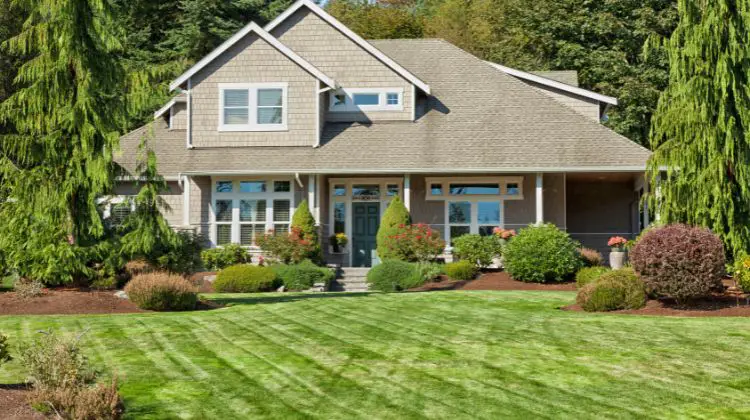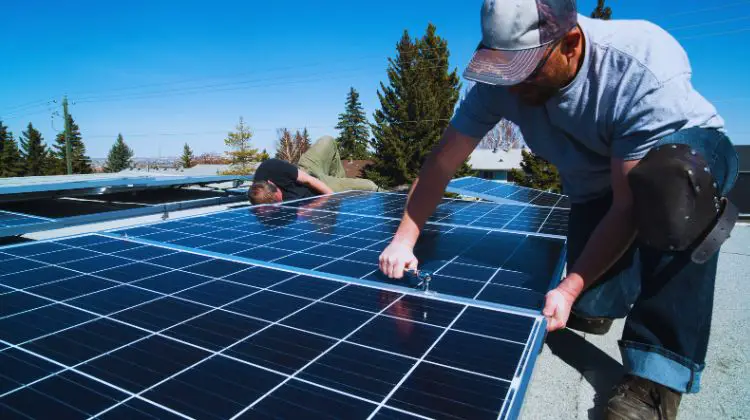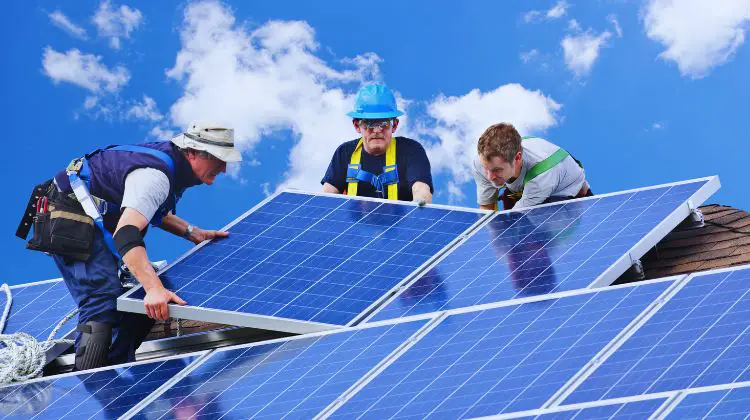Saving for a down payment is often cited as one of the biggest hurdles to homeownership. But it doesn’t have to be. There are actually quite a few down payment assistance programs available that can help make buying your first home more affordable. These programs can provide closing cost assistance and even provide grants or low-interest loans. Some programs may even help with your mortgage insurance, which is another added cost for many homebuyers.
Table of Contents:
- What Is Down Payment Assistance?
- Who Is Down Payment Assistance For?
- How Does Down Payment Assistance Work?
- Types of Down Payment Assistance
- Benefits of Using Down Payment Assistance
- Conclusion
What Is Down Payment Assistance?
Down payment assistance is a blanket term used to describe various programs that help make homes more affordable, particularly for first-time homebuyers. This help can come in many forms like grants (which don’t need to be repaid) or loans with more favorable terms than a typical mortgage.
There are also programs called matched savings accounts, also called individual development accounts. Individual development accounts work by having you deposit funds regularly, and the program contributes a matching amount. These funds can then be put towards a down payment or closing costs. Down payment assistance programs vary widely by location so be sure to do your research into what is available in your specific city and state.
Who Is Down Payment Assistance For?
Down payment assistance is often geared toward first-time homebuyers but some programs are also open to repeat buyers. There are programs specifically designed to support veterans, teachers, and those in particular professions, too.
For example, the Illinois Housing Development Authority has down payment assistance programs that launched in 2018. IHDA’s Access Mortgage programs help people buy their first home or purchase another property if they haven’t owned a home in a while. Many programs consider you a first-time homebuyer even if you owned a property over three years ago.
These programs often have income limits as well, meaning your total household income can’t exceed a certain threshold. The amount of the maximum loan and maximum household income will be based on the area median income. Before you get too far into the homebuying process you will need to verify your income to see if you qualify.
How Does Down Payment Assistance Work?
Most down payment assistance comes from state and local government agencies. Although, this is not the only source, as nonprofits and even private companies offer down payment help programs. One way to see what’s out there is to use online tools, for example, Freddie Mac has a page that shows you down payment assistance programs and breaks down what each one requires from borrowers.
When looking for down payment assistance, it is important to look at your personal financial situation to choose a path that makes sense for you. When you apply, the lender participating in the program you choose will assess your credit score to determine what type of loan program you will qualify for.
You’ll want to weigh factors like how much money you need for a down payment, what interest rate you qualify for, and what your long-term financial goals are. You may find that using a combination of savings and down payment help makes the most sense. Working with an experienced loan officer can help you get clarity on these important questions and create a plan.
Types of Down Payment Assistance
While down payment assistance programs can differ greatly in their specifics, there are a few basic categories most fall into. Let’s break those down below:
Grants
With grant programs, you are being gifted funds for your home purchase with no obligation to repay the amount. These are usually reserved for borrowers who meet specific requirements, such as having a lower income or purchasing a home in a designated revitalization area.
While true grants are out there, don’t assume every “grant program” is really offering free money. Some programs have repayment terms. Always make sure to thoroughly understand the requirements before you sign up.
Forgivable Loans
With forgivable loans you typically won’t make monthly payments like a typical mortgage. As long as you meet certain criteria – for instance, staying in the home for a certain number of years – the loan is fully forgiven and you owe nothing. Otherwise, you will be required to pay back the loan. One of the criteria could be as simple as staying in the house long enough. Just like grants, however, make sure to understand all the ins and outs so there are no surprises later down the line.
Low-Interest Loans
Low-interest loans work similarly to a regular mortgage; however, the interest rate and repayment terms will often be more generous than what you would get on the open market. Some of these loan programs may come with a higher rate in exchange for the down payment assistance being provided. Be sure to shop around with different lenders as they all have varying terms.
Matched Savings
As briefly discussed, down payment savings programs incentivize saving. These accounts can be offered through a variety of sources. Banks, local governments, or even nonprofits often run them. With a matched savings program you commit to depositing money into a special account regularly for a set period of time. After this, the program will deposit an additional amount, or match, of the funds you’ve saved. Think of it as getting free money. These programs not only lessen the burden of a down payment but can help establish better savings habits in the long run.
Benefits of Using Down Payment Assistance
There are numerous benefits to utilizing a down payment assistance program if you’re able to qualify. A few big ones are:
Reduced Upfront Costs
Probably the most apparent benefit of these programs is their ability to dramatically decrease how much money you will need when you’re ready to close. These programs allow many people who wouldn’t otherwise be able to afford it, to become homeowners. The average down payment is around 13% so as you can imagine this assistance can be the difference in affording a home for many buyers.
The fact that a down payment in some housing markets would only be around $8,830 seems remarkable considering average home prices. Down payment help can bridge that gap. Many down payment assistance programs also offer closing cost assistance.
Faster Homeownership
These programs aren’t just about saving money; they can help accelerate the process of purchasing a home. Down payment assistance helps more families reach their goals more quickly than trying to save the traditional way. You can get into a property faster without having to wait years to build a massive down payment on your own. Many down payment assistance programs require the homebuyer to complete a homebuyer education class, or some form of housing counseling.
Conclusion
Down payment assistance can truly make the dream of homeownership a reality for so many. It is definitely something to research and strongly consider, even if you think you might not qualify.
Just remember that understanding all the details is crucial. Be sure to inquire about potential drawbacks like higher interest rates or being tied into a property for a longer period to qualify. Down payment help programs can be excellent options and help a lot of families so it is a matter of weighing all your choices. Good luck house hunting.
Down payment assistance can be the difference between being able to afford the house you really want versus having to settle on a place that isn’t as ideal. I highly recommend doing research early in your homebuying process. You’ll gain valuable knowledge, make better-informed choices, and it can save you thousands in the long run.
Down payment help empowers individuals to reach their homeownership goals, creating financial stability, and strengthening local economies. Many programs have specific program requirements you will need to meet so be sure to look at each one carefully. It’s a winning situation.









Reader Interactions